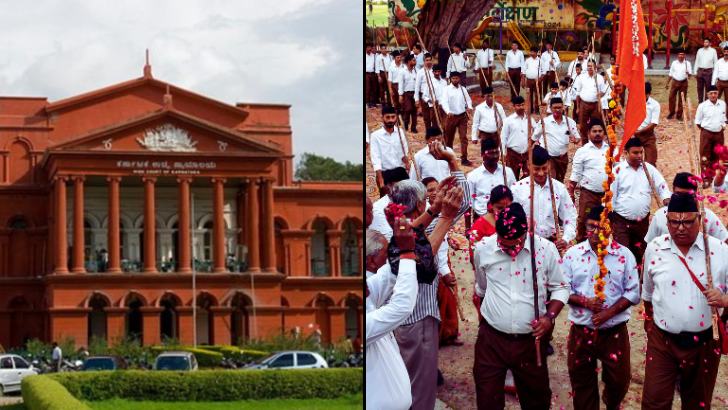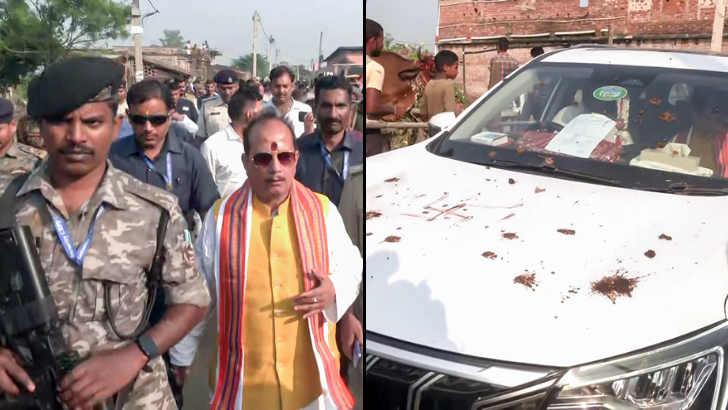1,209 elephants died in Assam during 2000-2023: WII report
Electrocution emerged as the leading cause of human-induced mortality, accounting for 209 elephant deaths during the 23-year period.
PTI
-
Photo: Wikipedia
Guwahati, 9 July
Human-elephant conflicts in Assam have claimed over 1,400 lives
during 2000-2023, while 1,209 pachyderms died in the state during the same
period with majority 626 fatalities due to anthropogenic activities, a Wildlife
Institute of India (WII) report has said.
Electrocution emerged as the leading cause of human-induced
mortality, accounting for 209 elephant deaths during the 23-year period, the
report released recently said.
The other major causes of unnatural death of pachyderms over the
period were accidental deaths (127), various other anthropogenic stressors
(97), train collisions (67), poaching (55), poisoning (62), retaliatory
killings (5) and vehicle collisions (4).
Of the 583 fatalities due to natural causes, 'natural deaths'
accounted for the maximum number of elephant deaths at 344 which includes old
age, heart attacks and stillbirths, drowning, struck by lightning, falling from
hills, etc.
Territorial fights accounted for 81 deaths, and unknown factors
resulting from natural causes led to 158 deaths between 2000-23, the report
said.
Division-wise, the highest number of elephant fatalities were from
Nagaon Territorial, Sonitpur West, Dhanasiri and Karbi Anglong East.
Adult males, the ecological keystones of elephant population, are
the most affected by anthropogenic factors, particularly electrocution and
retaliatory killings.
This can threaten the long-term stability of elephant populations
in the area, as males play a crucial role in social structures, gene flow and
maintaining healthy herd dynamics, the report noted.
The expansion of railway tracks and poorly maintained power lines,
illegal use of electricity from distribution lines for fencing have contributed
significantly to elephant deaths, it added.
During the same period of 2000 to 2023, 1,806 human-elephant
conflict incidents were recorded in the state, including 1,468 deaths and 337
injuries, the report said.
The division-wise analysis revealed that Sonitpur West (110
deaths, 92 injuries) recorded the highest number of incidents, followed by
Goalpara (175 deaths), Udalguri (168 deaths, 34 injuries), Sonitpur East (156
deaths, 21 injuries), and Golaghat (110 deaths, 92 injuries).
Over the years, 527 villages were affected by human-elephant
conflict, with Goalpara reporting the maximum number of impacted villages (80),
followed by Sonitpur West (53), Sonitpur East (51), and Udalguri (39).
The seasonal distribution of incidents revealed the highest number
of cases during the monsoon season. Incidents involving male victims were
significantly higher across all seasons, the report said.
To minimise elephant mortality, the report underscored the urgent
need for holistic conservation strategies that integrate habitat restoration,
conflict mitigation and infrastructure modification.
Strengthening human-elephant coexistence through community
engagement, habitat connectivity restoration and improved policy interventions
are essential to ensuring the long-term survival of elephant populations in the
region.
Collaborative efforts among Forest departments, training officials
in advanced technologies, regular training programmes for railways and forest
department officials on emerging technologies will improve response efficiency
and coordination, the report said.
Leave a Reply
Your email address will not be published. Required fields are marked *








.jpg)

.png)






.png)
.png)
.png)
